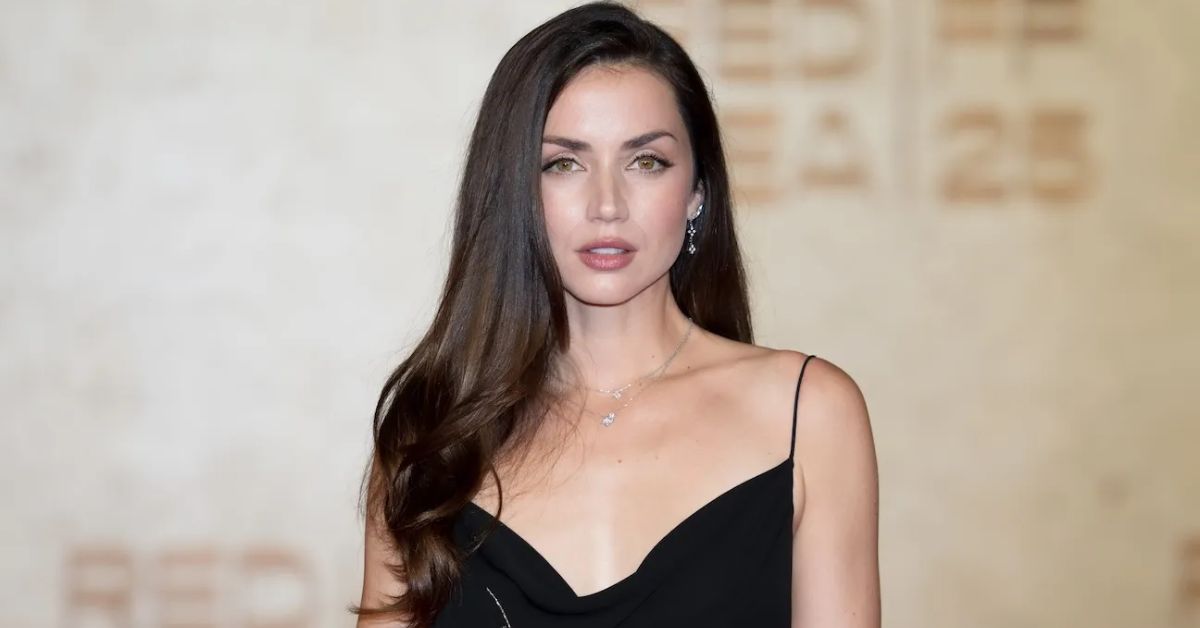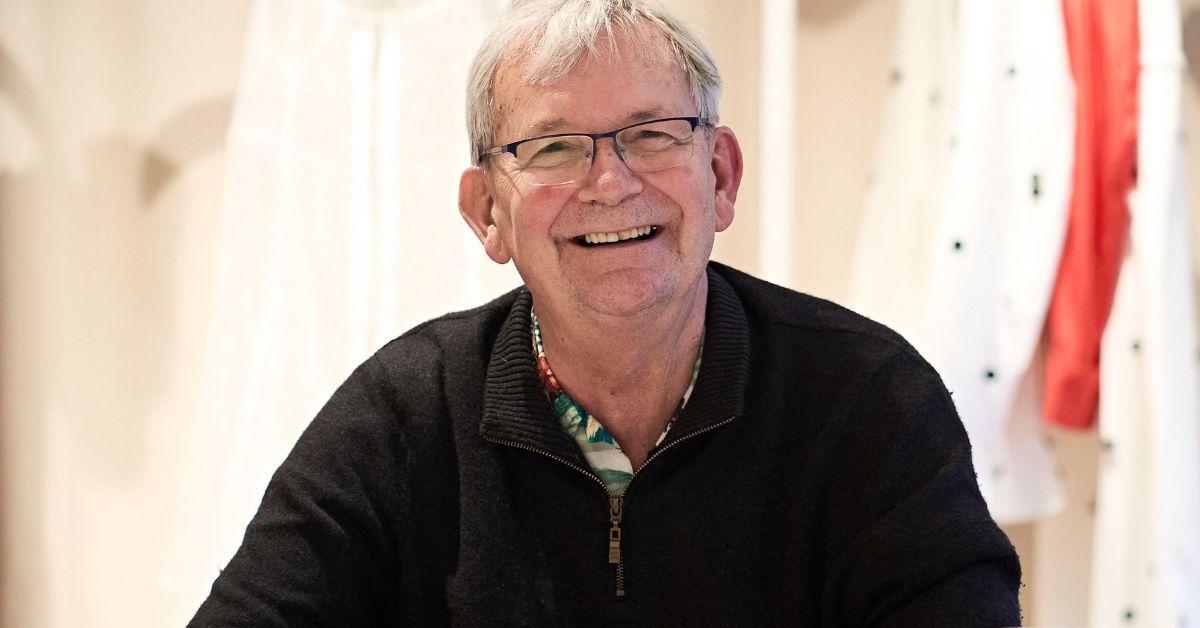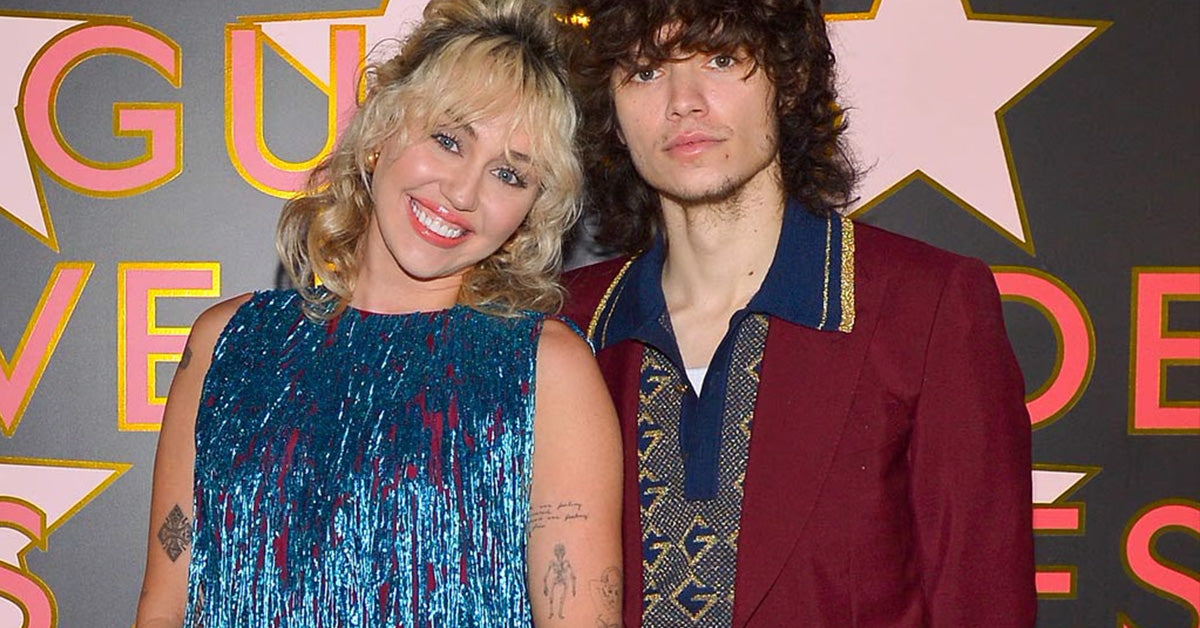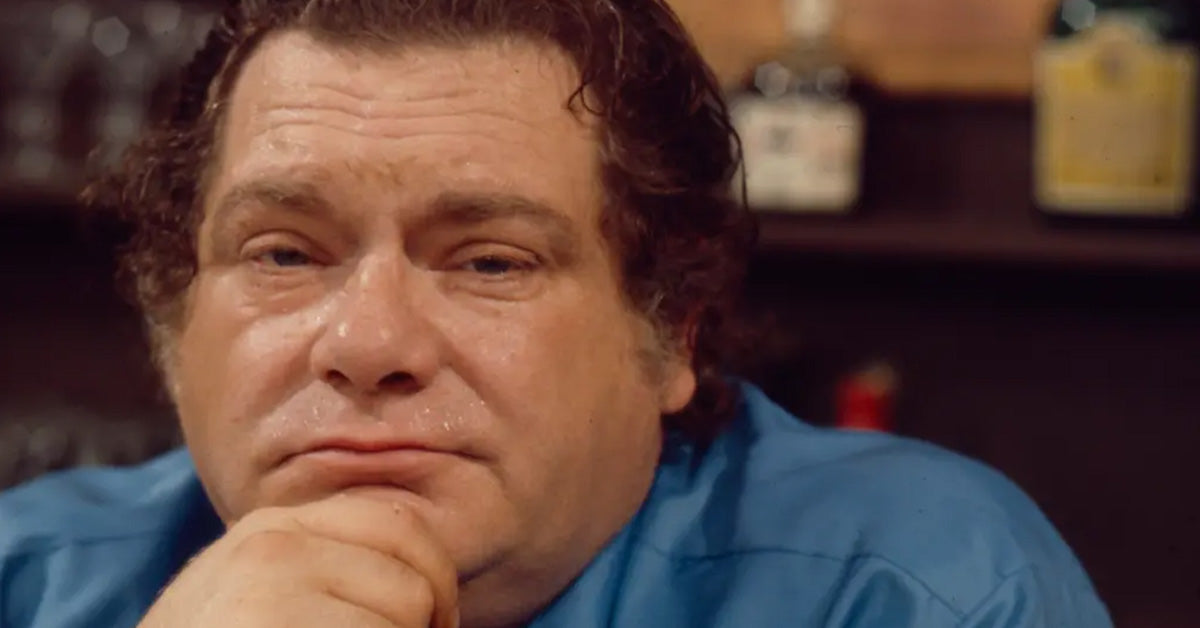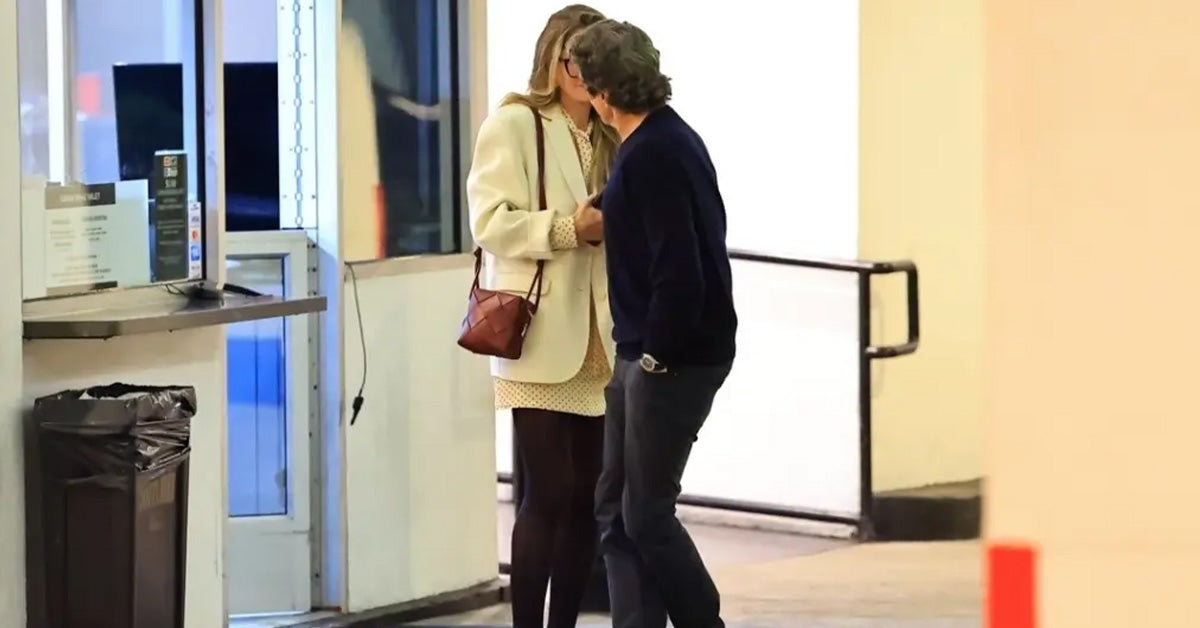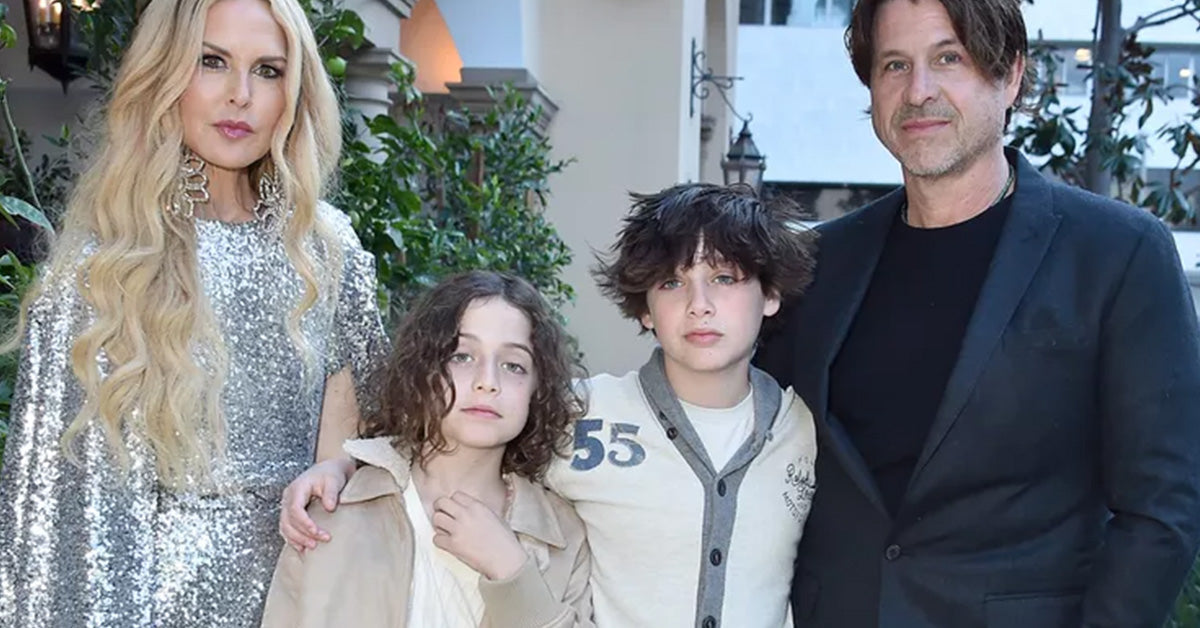The term Bohemian style, often shortened to Boho, refers to a fashion aesthetic that is free-spirited, eclectic, and rooted in artistic expression. Known for its relaxed silhouettes, earthy tones, and a mix of textures, Boho style has become a beloved trend for those seeking individuality and a connection to nature. But what exactly defines this enduring fashion phenomenon? Let’s dive deep into its history, evolution, and key characteristics to understand why Bohemian style remains a timeless favorite.
The Origins of Bohemian Style
Bohemian style traces its origins back to the early 19th century in Europe. The term "Bohemian" was initially associated with artists, writers, and other creative individuals who rebelled against societal norms. The name itself is derived from the French word "bohémien," which referred to the Romani people believed to have come from the Bohemia region (modern-day Czech Republic).
Historically, the Bohemian lifestyle was characterized by a rejection of materialism and a love for art, music, and literature. This carefree and unconventional attitude influenced the way people dressed, favoring loose-fitting garments, vibrant patterns, and layered ensembles. Over time, this aesthetic evolved into a full-fledged fashion movement that we now recognize as Boho style.
Key Characteristics of Bohemian (Boho) Style
The Bohemian style is defined by its relaxed, artistic, and unconventional approach to dressing. Here are the key characteristics that make Boho fashion stand out:
- Flowy Silhouettes: Think maxi dresses, oversized tunics, and wide-leg pants that allow for ease of movement.
- Earthy and Vibrant Colors: Neutral tones like beige, brown, and olive are often paired with pops of bright hues such as turquoise, orange, and magenta.
- Rich Textures and Fabrics: Fabrics like cotton, linen, suede, and crochet are staples of Boho fashion. Fringe, lace, and embroidery add texture and depth.
- Layering: Layering is a signature element of Boho style. Scarves, shawls, and vests are often combined to create a multidimensional look.
- Ethnic and Vintage Inspirations: Patterns and prints such as paisley, floral, tribal, and tie-dye reflect the global and historic influences of this style.
- Statement Accessories: Chunky jewelry, oversized hats, belts, and woven bags are must-haves to complete any Boho outfit.
The Evolution of Bohemian Style
Bohemian style gained mainstream popularity during the 1960s and 1970s, when the counterculture movement embraced its free-spirited ethos. Icons like Janis Joplin, Stevie Nicks, and Jane Birkin became synonymous with the Boho look, pairing flowing dresses with fringe jackets and oversized accessories.
In the modern era, Boho fashion has been reimagined as Boho-chic, combining traditional Bohemian elements with contemporary trends. This updated version is more polished and versatile, making it suitable for everyday wear, music festivals, and even formal occasions.
How to Incorporate Boho Style into Your Wardrobe
If you’re inspired by the Bohemian aesthetic, here’s how you can incorporate it into your wardrobe:
- Start with Basics: Invest in flowy maxi dresses, peasant tops, and wide-leg pants in neutral tones.
- Layer Thoughtfully: Add scarves, cardigans, or a kimono-style jacket to create dimension.
- Play with Patterns: Look for paisley, floral, or tribal prints to capture the essence of Boho style.
- Accessorize Boldly: Choose statement jewelry like beaded necklaces, hoop earrings, and stacked bangles.
- Embrace Natural Materials: Opt for leather or woven bags, suede boots, and wooden or stone accessories.
Remember, the beauty of Boho style lies in its flexibility. Mix and match pieces to create a look that feels uniquely yours.
Why Bohemian Style is Still Relevant
In a world increasingly dominated by fast fashion, Bohemian style offers a refreshing alternative. Its emphasis on individuality, sustainability, and a connection to nature resonates with modern fashion enthusiasts. The Boho aesthetic also aligns with the growing interest in vintage and handmade items, making it a perfect choice for those seeking authenticity in their wardrobe.
Moreover, Boho fashion’s adaptability ensures its longevity. Whether you prefer a casual, laid-back look or a more sophisticated take, Bohemian style can be tailored to suit any occasion or personal preference.
FAQs About Bohemian (Boho) Style
1. What does Bohemian style represent?
Bohemian style represents a free-spirited and artistic approach to fashion. It is characterized by its relaxed silhouettes, earthy tones, and eclectic mix of patterns and textures.
2. How is Boho style different from other fashion styles?
Unlike structured or minimalist styles, Boho fashion emphasizes layering, vibrant prints, and a mix of vintage and ethnic influences. It focuses on individuality and creativity rather than following rigid fashion rules.
3. Can Boho style be worn year-round?
Yes! Boho style is versatile and can be adapted to any season. In summer, opt for flowy dresses and sandals, while in winter, layer with cozy knits, boots, and scarves.
4. Is Boho style sustainable?
Boho fashion often incorporates vintage, handmade, or natural materials, making it a more sustainable choice. Additionally, its timeless appeal allows for long-term use, reducing the need for frequent replacements.
5. Who are some modern icons of Bohemian style?
Modern celebrities like Vanessa Hudgens, Sienna Miller, and Florence Welch are often associated with Boho fashion. Their outfits frequently feature the effortless, artistic vibe that defines this style.
In conclusion, Bohemian (Boho) style is more than just a fashion choice—it’s a lifestyle that celebrates creativity, freedom, and individuality. Whether you embrace it fully or incorporate subtle elements into your wardrobe, Boho style offers endless possibilities for self-expression.


